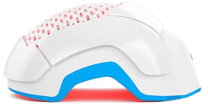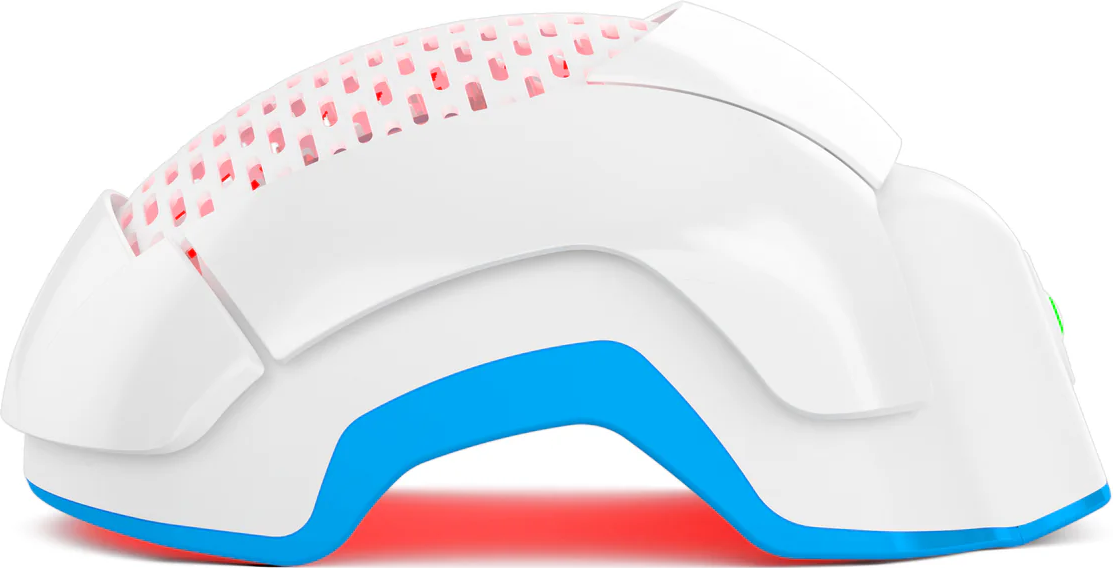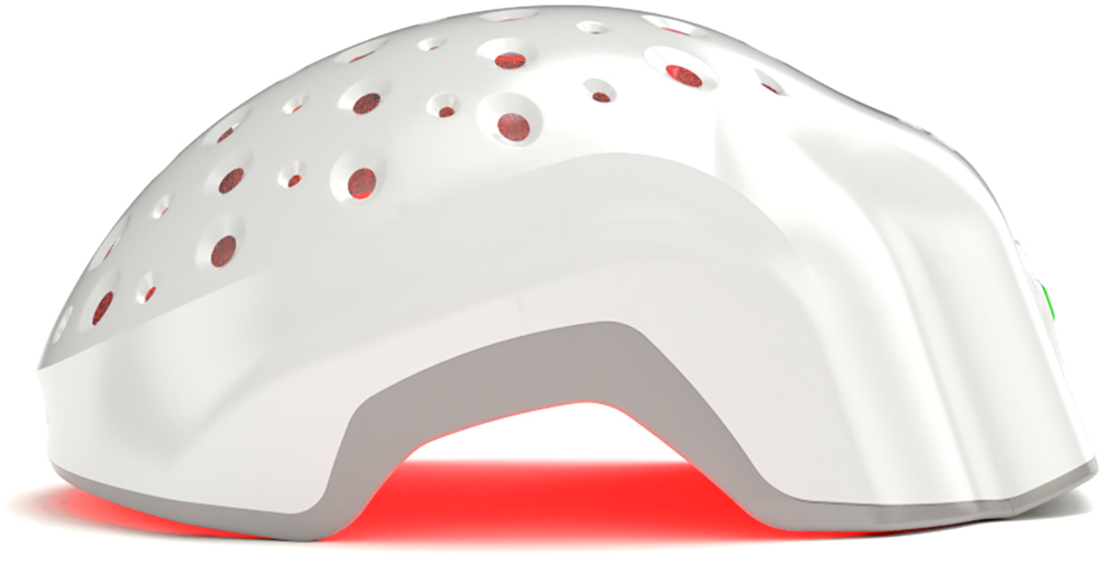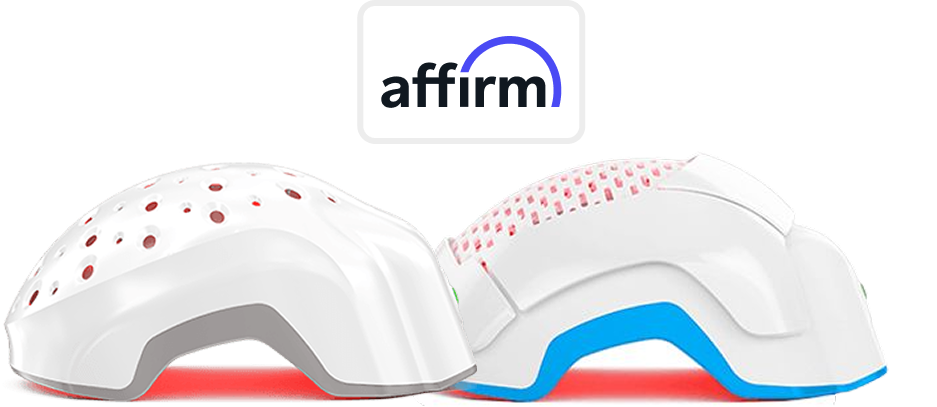Hair loss gets blamed on everything from genetics to stress, but sometimes, the culprit is far more inflamed—literally.
Does folliculitis cause hair loss?
Yes, and no—depending on how early you catch it and how long you ignore it. Folliculitis is a scalp-level disturbance that many dismiss as harmless irritation. In reality, it’s a follicle-deep inflammation that can disrupt the hair growth cycle, weaken strands, and in serious cases, lead to permanent hair loss.
What makes it worse is how quietly it creeps in—first as itching or redness, then bumps, then shedding. And if you wait too long to treat it, the damaged hair doesn’t always grow back. Chronic cases like folliculitis decalvans don’t just shed hair—they scar follicles shut. You’re not dealing with regular breakage here; you’re dealing with inflammation that rewrites your scalp’s script.
This blog will break down what folliculitis really is, how it leads to temporary or permanent loss, what actually helps (and what doesn’t), and how to kick it before your scalp kicks back harder. Let’s talk root causes—and real solutions.
What is Folliculitis?
Folliculitis is what happens when your hair follicles stop being chill and start acting inflamed. It’s a localized irritation of the follicular unit— the tiny pocket that grows each hair. The scalp is one of the most common sites for this inflammation, which is where things get complicated. Left untreated, scalp folliculitis hair loss is a real concern.
The condition can range from a mild nuisance to a severe, recurring disorder. On the lighter end, it might look like a few red bumps or pimples. At its worst, it can morph into aggressive types like folliculitis decalvans, which causes permanent damage and scarring alopecia from folliculitis. Mild or severe, the inflammation itself is the problem—because inflamed follicles are angry follicles, and angry follicles don't grow hair well.
What Are the Causes of Folliculitis?
- Bacterial infections (especially Staphylococcus aureus)
- Fungal infections (e.g., Malassezia)
- Yeast overgrowth
- Occlusive hair products
- Tight hairstyles or headwear
- Shaving or friction from helmets
What Are the Symptoms of Folliculitis?
- Red, inflamed bumps around hair follicles
- Pus-filled blisters or lesions
- Itching or burning sensation
- Tenderness or pain on the scalp
- Crusting, flaking, or oozing
- Patchy thinning or visible hair loss
Does Folliculitis Cause Hair Loss?
Yes, folliculitis can cause hair loss—but not all types do it the same way. In milder forms, inflammation can force hair follicles into a temporary shedding state. The body reads inflammation as stress and pushes hair into the telogen phase prematurely. This kind of loss is often reversible, especially when treated early. With the right folliculitis hair loss treatment, follicles can reset and re-enter the growth cycle, leading to full folliculitis and hair regrowth over time.
The trouble starts when folliculitis becomes chronic or scarring. Conditions like folliculitis decalvans hair loss don’t just irritate follicles—they destroy them. Inflammation leads to fibrosis (scarring), which seals the follicle and stops it from ever growing hair again. That’s not shedding. That’s loss. Permanent, medical-grade, non-negotiable loss. This is where terms like scarring alopecia from folliculitis enter the chat, and yes—it’s as serious as it sounds.
What Are the Treatment Options for Folliculitis?
Treating folliculitis depends on how deep the damage goes. Early intervention makes all the difference between regrowth and regret. Here's how to tackle it:
1. Home Remedies
For mild irritation, you can start with at-home care. Antibacterial soap, diluted apple cider vinegar rinses, and warm compresses help soothe inflammation. Tea tree oil (properly diluted) offers antimicrobial support, but don’t get carried away—essential oils are not essential for everyone. These remedies may help some people calm the scalp and reduce surface-level triggers. That said, home care only works on non-scarring cases. If your scalp’s gone rogue, you’ll need more than pantry items.
2. Over-the-Counter Treatments
Mild cases of folliculitis often respond well to OTC solutions. Look for washes or foams with benzoyl peroxide, salicylic acid, or sulfur. These ingredients help unclog follicles and reduce microbial buildup. A folliculitis hair loss shampoo formulated for scalp conditions can support recovery without adding fuel to the flare-up. Just remember—products marketed as “scalp calming” won’t do much if your issue is deeper than the surface.
3. Prescription Medications
When inflammation gets persistent, prescriptions are non-negotiable. Topical antibiotics (like mupirocin) or oral antibiotics target bacterial overload, while antifungals may be used for yeast-related cases. For severe or recurring outbreaks, dermatologists often recommend corticosteroids to reduce swelling, or even immunosuppressants in autoimmune-triggered folliculitis. If you’ve reached the scarring stage, you're beyond tea tree oil. A folliculitis hair loss cure here starts in the prescription pad, not the health aisle.
How to Prevent Folliculitis?
Hygiene Practices
Clean scalp, clean tools, calmer follicles. Wash your hair regularly with gentle, non-comedogenic products. Disinfect razors, combs, brushes—basically, anything that touches your scalp. Dirty tools = recurring inflammation. It’s that simple.
Lifestyle Adjustments
Avoid tight headgear, synthetic wigs, and suffocating hairstyles. Stop sleeping in heavy products and rinse out buildup. Your scalp wants to breathe—not marinate in silicone and sebum. If it burns, stings, or flakes—it’s not “tingling.” It’s a problem.
Still Losing Hair After Treating Folliculitis?
If the bumps are gone but your hair’s still bailing, you’re not crazy—and you’re not alone. Even after clearing the infection, follicles might take months to reboot. That’s where proven tech like Laser Phototherapy (LPT) or Low-Level Light Therapy (LLLT) comes in. LPT uses safe lasers to stimulate microcirculation and jumpstart sluggish follicles. It’s non-invasive, FDA-cleared, and doesn’t interfere with any medications.
For post-folliculitis recovery, LPT offers targeted, science-backed support without risking further irritation. LPT only applies to devices like Theradome hair growth helmets that use lasers, not LEDs. LEDs are not proven to help grow hair and may actually add too much heat. which may worsen your hair loss.
Conclusion
So, does folliculitis cause hair loss?
Absolutely—but whether it’s temporary or permanent depends on how fast you act. Mild inflammation often clears with simple care, but chronic or scarring cases need professional treatment—ASAP. Don’t ignore the signs. Don’t scratch the symptoms. And definitely don’t expect a shampoo alone to fix it all. If you treat folliculitis properly and early, folliculitis hair regrowth is possible. And if you’ve moved past the early phase? There are still solutions. You just need to start in the right layer—beneath the surface.






















